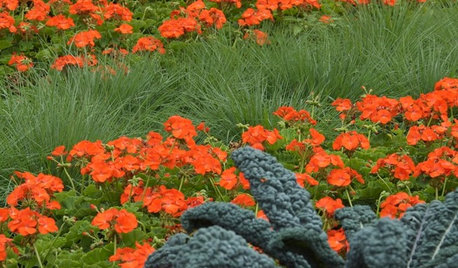Are My Almond Trees OK?
logrock
14 years ago
Related Stories

FURNITUREWhy It's OK to Hate Your New Custom Sofa
It takes time to get used to bold new furniture, but dry your tears — the shock can be good for you. Here's what to expect
Full Story
HOUZZ TVHouzz TV: This Maker‘s Home Makes Everything OK
Maker Aleksandra Zee finds inspiration in a common building material and the serenity of home. Watch our latest episode of Houzz TV
Full Story
EDIBLE GARDENSHow to Grow 10 Favorite Fruit Trees at Home
Plant a mini orchard in fall, winter or early spring to enjoy fresh-off-the-tree fruit the following year
Full Story
EDIBLE GARDENSHow to Add an Apple Tree to Your Edible Garden
Readily available, beautiful and fragrant, apple trees offer four-season interest along with crisp, juicy fruit
Full Story
HOUZZ TOURSHouzz Tour: Eclectic Chilean Home Embraces Trees
Ficus trees star in the interior courtyard of this Santiago house, which celebrates its design history, quirks and mix of styles
Full Story
EDIBLE GARDENS7 Edible, Pretty Wonders of the Plant World
It's OK to like them just for their looks, but these flowers, trees and greens have a tasty side too
Full Story
GARDENING GUIDESHow to Keep Your Citrus Trees Well Fed and Healthy
Ripe for some citrus fertilizer know-how? This mini guide will help your lemon, orange and grapefruit trees flourish
Full Story
SPRING GARDENING7 Spectacular and Practical Spring-Flowering Trees
Put on a beauteous show in the garden with a landscape tree awash in flowers — just do your homework first
Full Story
FARM YOUR YARDIf You Have Room for Only One Fruit Tree ...
Juice up a small garden with one of these easier-care or worth-the-effort fruit trees for a mild climate
Full StoryMore Discussions








jellyman
thisisme
Related Professionals
Ashland Landscape Architects & Landscape Designers · Brentwood Landscape Architects & Landscape Designers · Pottstown Landscape Contractors · Bloomington Landscape Contractors · Blue Springs Landscape Contractors · Caldwell Landscape Contractors · Cornelius Landscape Contractors · Framingham Landscape Contractors · Fuquay-Varina Landscape Contractors · Harvey Landscape Contractors · Lebanon Landscape Contractors · Paso Robles Landscape Contractors · Ponte Vedra Beach Landscape Contractors · Lauderdale Lakes Landscape Contractors · Maplewood Landscape Contractorsmikkle
jellyman
thisisme
jellyman
thisisme
Beeone
theaceofspades
logrockOriginal Author
logrockOriginal Author
Scott F Smith